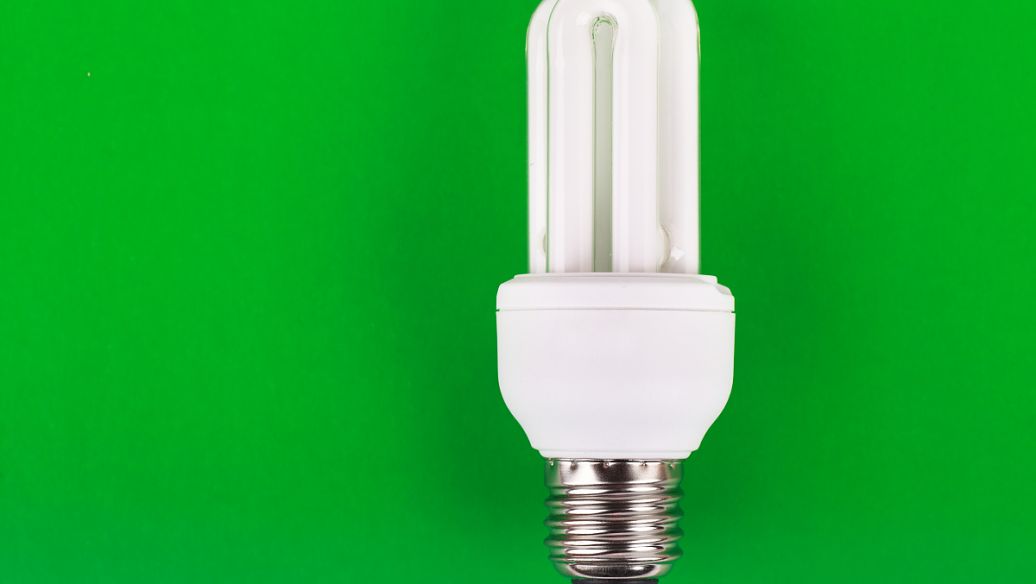

time:2021-11-18 Views:15
Since the discovery of graphene materials, optoelectronic devices based on two-dimensional materials have been extensively studied due to their unique electrical and optical properties, and have shown great potential in the fields of photodetectors and solar cells. In this, all kinds of photodiodes are indispensable. Next, I will discuss with you what the photodiode of the high-performance photodetector is like.
A good photodetector should have the advantages of fast response, short response time, high signal-to-noise ratio, and low power consumption. The van der Waals heterojunction based on two-dimensional materials is a new method to realize this photodetection by using the photoelectric effect. . However, due to serious interface reorganization and low contact efficiency, the application of this two-dimensional optoelectronic device in quantum efficiency is limited.

Choosing appropriate materials and device design, suppressing the interface recombination of FEE-hole pairs, and improving response speed and quantum efficiency are the current research focuses in this field.
In this regard, the energy band design of the unilateral depletion region can be used to design a high-efficiency MoS2/AsPpp+ heterogeneous photodiode, and a narrow band gap black arsenic phosphorus (AsP) material is selected as the selective contact point of the carrier. Under 520nm illumination, the device has a short-circuit current of 1.3μA and a large open circuit voltage of 0.61V, showing good photovoltaic performance, especially it can achieve a high external quantum efficiency of 71%, a power conversion efficiency of 9% and a power conversion efficiency of 9μs. The fast response time provides an effective solution for the design of high-performance photovoltaic devices composed of two-dimensional materials.